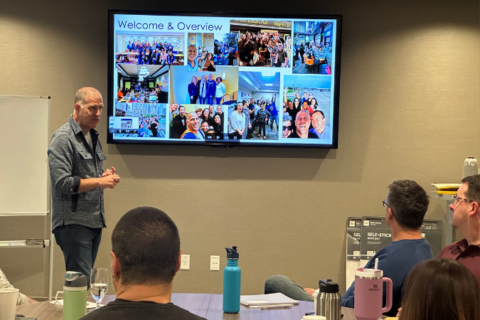How to Articulate an Instructional Vision During a Materials Adoption
A resource to help adoption committees communicate the expectations for teaching and learning that creates a foundation for what the district considers effective instruction in a classroom.
Related Resources
video
Webinar—Beyond Selection: Improving Curriculum Adoption
Discover insights from EdReports and The Decision Lab on evolving curriculum adoption to better support teachers and boost student outcomes.
news
EdReports CEO Eric Hirsch to Step Down in 2026
After a decade of transformative leadership, Hirsch will remain through June 2026 to support a seamless transition as EdReports begins its next chapter of impact and innovation.
article
4 Steps to Get More From Curriculum Adoption
To improve curriculum adoption, prioritize strong foundations, comprehensive planning, authentic educator engagement, and strategic external support.


